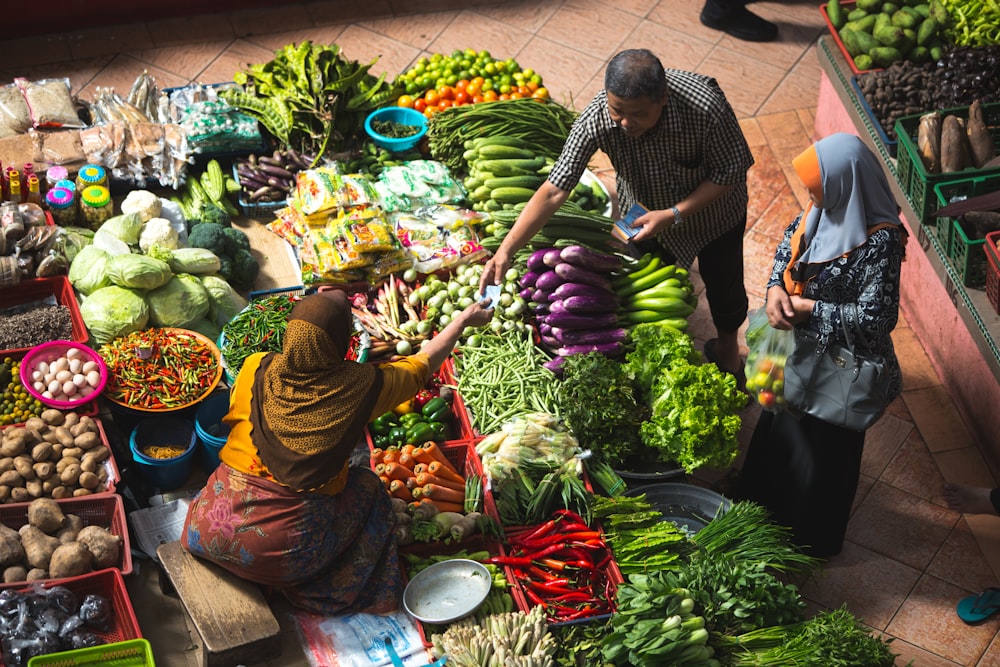Price controls are government-mandated minimum or maximum prices set on agricultural products, set in place to manage affordability and economic stability. These controls are only effective in a short-term horizon but in the long run, price controls can lead to several problems such as shortages, rationing, deterioration of the quality of agri products, and black markets that arise in supplying the price-controlled commodities through unofficial channels. Although it may make some agri commodities more affordable, price controls can often lead to disruptions in the market, losses for producers especially if prices are set too low, which in turn often leads to a drop in the quality. Many attempts to control prices often struggle to overcome the economic forces of demand and supply for any significant extent of time. When prices are established by commerce in a free market, prices shift to maintain the balance between demand and supply. Government-imposed price controls can lead to the creation of excess demand in the case of price ceilings, or excess supply in the case of price floors. Price controls often lead to an imbalance between demand and supply whereas in free-market prices are dictated by demand and supply.

The minimum support price (MSP) is a classic example of price control by the government. MSP is like an “options” instrument where the government promises or guarantees to pay the price on the purchase of a commodity but is not obligated to purchase that commodity. Though no system is perfect, be it MSP or market-led. In the event of the passing of the three new farm laws, farmers are now exposed to free-market forces. This would increase competition between the purchasers of the agri produce leading to demand and prices moving up. On the flip side, if there is cartelization by corporates and traders, it may fuel price volatility. In a free market, the farmer has an option to sell their produce at a higher price (if the spot price of that commodity is higher than MSP) at any mandi across the states. Insurance schemes can be introduced to cover price risk which would safeguard the farmers if the prices fall as there is no guarantee of higher prices in a free market.

The government uses MSP for price regulation, which is highly discriminatory. All procurement by government agencies happen at MSP and commodities like paddy and wheat are traditionally procured from states like Punjab and Haryana whereas other states do not benefit as most of its quota is fulfilled. In a decentralised system, the government agencies can procure from these states also which have been neglected even if they produce less but meet the quality standard. Fruits and vegetables are completely out of the MSP procurement policy, and how can India achieve the target of doubling farmers’ incomes if only wheat and paddy are procured from a handful of states? Free play of market participants with negligible government intervention has always determined prices as seen over the period of time for most agri commodities (except paddy and wheat). Hence it is important that government policy should not intervene in an already perfectly working free-market system.

MSP was started when there was a scarcity of commodities and in today’s time we have surpluses, therefore in a surplus economy, unless we are demand-driven and allow the better role of markets, the MSP route can lead to a financial disaster. Due to the new laws implemented we will see the transition of how pricing is done, where how much should be state-supported and how much should be market-driven. Derivatives such as commodity futures & options (F&O) have also played a crucial role in the price risk management process, especially in agriculture. The derivatives market serves as an important source of information about prices. In most cases, the information is accurate and reliable as prices of F&O can be used to determine what the market expects the future spot prices to be. India needs a robust futures market for better price discovery which can lead to a positive impact and raise the farmer’s income.








 Connect With Us
Connect With Us
Thank you for sharing this Informative Article with us. This very helpful and informative about the Agri commodity. if you want to know more about the Agri commodity you can visit to this blog:- https://blog.tradologie.com/why-tradologie-is-the-first-choice-for-global-agri-exporters/